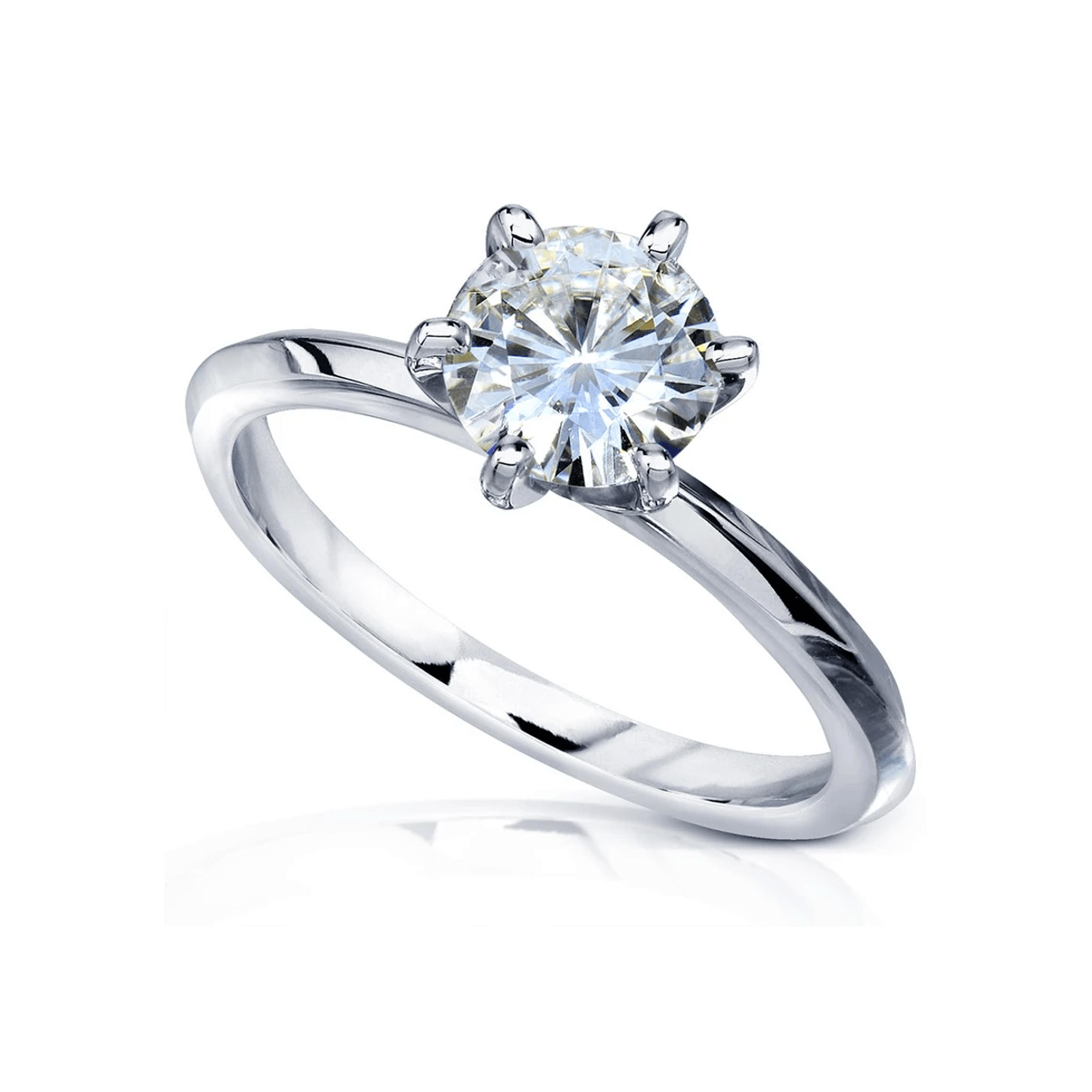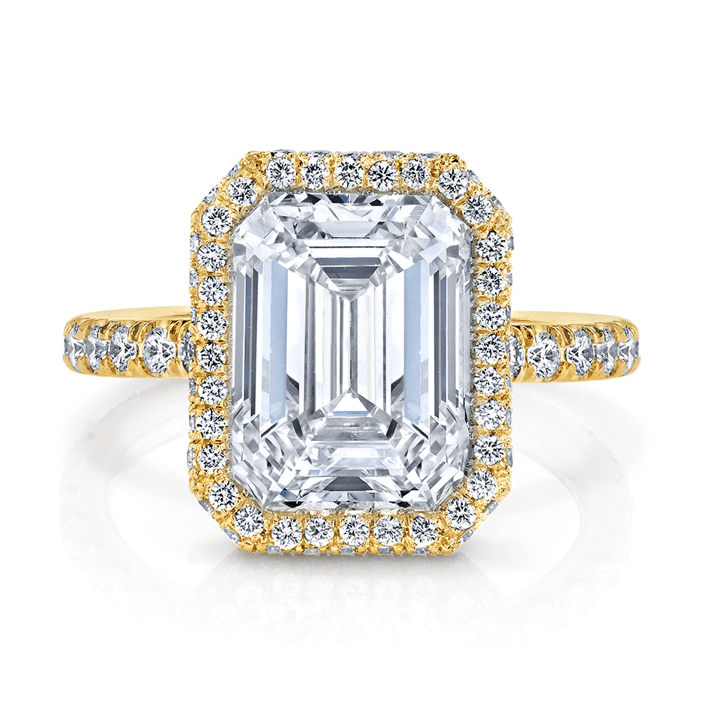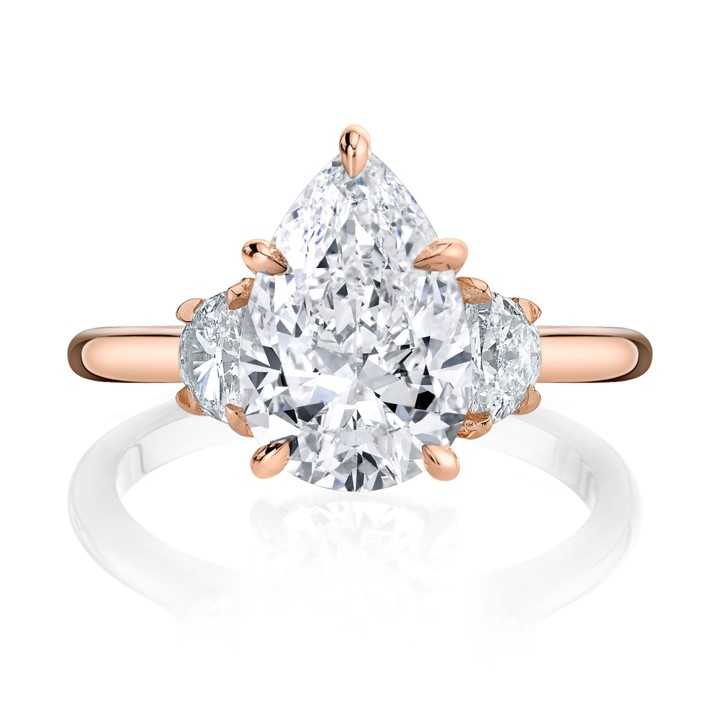Learn
There are many technical elements to finding the perfect diamond engagement ring. When thinking about the 4C’s, you have the cut, colour, clarity and carat weight to think about. But chances are, even before you turned your attention to all of these vital diamond components, you probably had an idea of what your diamond ring was going to look like, and this would likely have been principally influenced by the diamond’s shape.
A diamond’s shape describes the diamond’s basic outline when viewed face-up. For example, if it is round, square or oval. This is different from the diamond’s cut, which is something completely different, as the cut refers specifically to how the diamond’s facets are arranged.
Below we’ll run through your various shape options and key things to keep in mind when deciding on what shape is right for you…
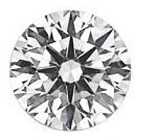
Round
Round shaped diamonds are the most popular shape and are frequently used for Solitaire-set engagement rings. Almost all round diamonds are brilliant cut since the angles created with a brilliant cut helps to enhance its fire and brilliance.

Princess
Princess shaped diamonds are a very bright and acute style, with uncut corners. Generally, it is a square or rectangular cut. The brilliant style is because of the vertical directions in the crown and facets in the pavilion instead of horizontal cuts. This diamond shape is one of the most wanted for engagement rings, and most often, princess cut engagement rings аrе accented with other smaller stones with the diamond at its centre.
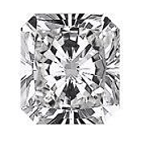
Radiant
With its square shape and trimmed corners, the radiant cut diamond is a very versatile diamond that combines the emerald shape with the brilliance nearly matching a round cut diamond. It is quite similar to the princess cut but is usually slightly more in the shape of a rectangle, and it has its corners blocked.

Emerald
The emerald cut diamond provides for deep clarity and a large surface table. They are a popular choice for those wanting a larger stone without a high price point, and can give the appearance that they are bigger than they may actually be. Despite being rarer than round or princess shaped diamonds, they are often slightly cheaper, making them an attractive option.
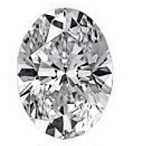
Oval
Oval shaped diamonds are becoming increasingly popular. They enhance the diamond’s fire and brilliance and make the wearer’s finger appear longer and slimmer. Because of their greater surface area, they often appear larger than a round diamond of the same weight. Its rounded edges also make them less prone to chipping.
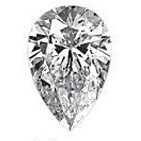
Pear
Pear shaped diamonds fuse the best of both the marquise and round shapes. Similarly to marquise shaped diamonds, symmetry is key. Pear shaped diamonds resemble a teardrop, and when worn with the pointy end pointing out towards the tips of the finger, create a slimming effect on the hand.

Heart
The heart shaped diamond is naturally often chosen as an expression of one’s love for another. They should have two symmetrical halves that meet at a distinct cleft. Inclusions are often more prominent in this shape, so keep your eye out for good clarity.
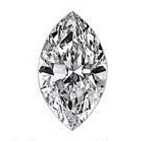
Marquise
Marquise shaped diamonds have become popular since they tend to make the diamond appear bigger in size than it actually is. If opting for a marquise shaped diamond, ensure that it is symmetrical, as even small asymmetries can give the appearance that it is unbalanced and uneven.
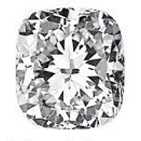
Cushion
The cushion cut diamond is popular with those who desire an antique style engagement ring. They are known for being both classic and contemporary. Cushion cut retains more colour face up than a brilliant cut, which makes them a good choice for coloured diamonds. Cushion cut diamonds have curved sides and rounded corners.
Copyright © 2022 Ringcommend. All Rights Reserved.
